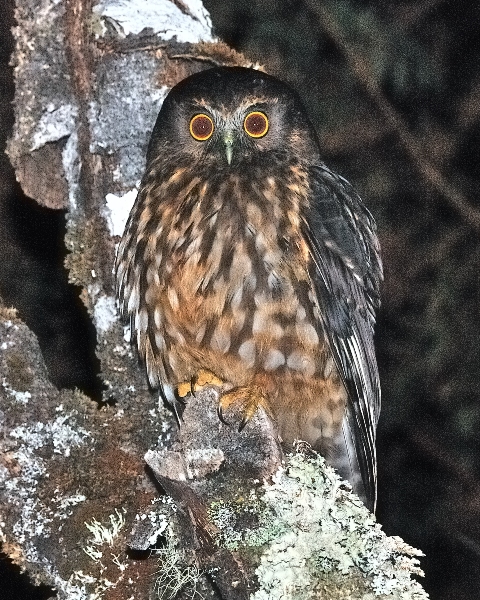OWLs in the Forest
As Conservation Officer my job is to keep in touch with our owl friends in the forest. I regularly visit the few remaining native forests of the world to find out how things are going. My job involves a lot of travelling, of course, and I have to be able to speak many different owl languages and dialects. It is also important to understand local customs when travelling in other countries. I take a camera and a diary to record each of my expeditions.
When entering a forest for the first time, be very quite and listen to all the bird calls. Remember these are wild creatures, weary of any newcomers. If you stop for a while and listen carefully you will hear them. Follow the calls, but keep to the tracks. It is so exciting to finally see the bird actually making a familiar call.
Of course owls are nocturnal, which means they are more active at night. They are skilled hunters, with sharp talons and excellent night vision. They can fly without a sound. But they are also curious creatures and will often be attracted to lights after dark. I have included some pictures and notes from my diary below.

Morepork of the Whirinaki


October 5 2008. Whirinaki Forest Park, North Island, New Zealand.
“Dusk. The loud prattle of twilight has given way to a deep silence now. It is cold too. A thin new moon rises. Then Jupiter appears high in the night sky. The Milky Way is so bright here, you could read by it. Far off to the East the familiar “cree-cree-cree” call as she surveys her territory. I track her calls as she circles South then around to the West. She finally settles in a tree somewhere off to the North. I set a lantern on a post nearby and wait. Maybe she will be attracted by the moths? Her approach is totally silent and invisible. I jump as I hear her deep “croak-croak-croak” coming from a branch only metres away. I ready the camera, but where is she? I point and shoot at something dark, hoping above hope. I jump for a second time as two intense eyes appear momentarily in the viewfinder. I can’t believe she was just here, so close. I look at the image for ages with amazement and excitement. She is so beautiful. Striking features, deadly sharp talons; yet softer than soft under feathers. Then, suddenly, I realise she is still here! For what seems like minutes she lets me take several more pictures and talks to me again in her low, grumbling voice. Then there is a call from far off: “more-pork, more-pork” and she is gone as silently as she came.”
Other notes:


